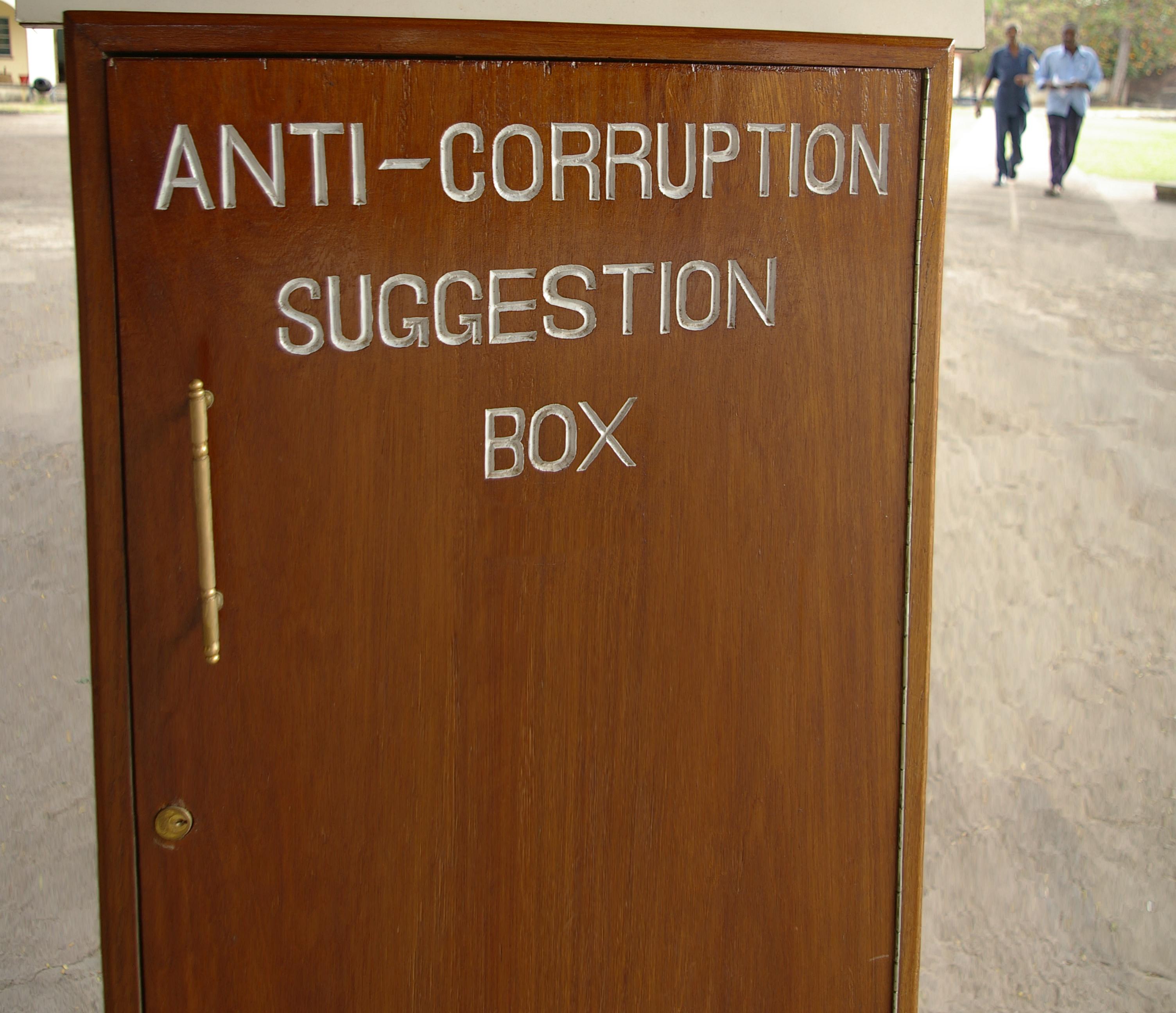Regime types and anti-corruption
Anti-corruption reforms are continually undermined or scuppered by politics. This is because anti-corruption interventions threaten those who ‘win’ from corruption.
One way to understand the relationship between politics and anti-corruption is to analyse the overall use and abuse of corruption and anti-corruption in regimes of different types. Regime types differ in terms of what kinds of corrupt practices are most prevalent, and their scale; in the government’s power and capacity to curb corrupt practices; in the extent of political will, at the highest political level, to tackle corruption and abuse of power; and in the autonomy and technical capacity of institutions and social actors outside government to pursue anti-corruption reforms.
In democratising regimes, the political will to restrict corruption is usually in place, as newly elected governments in such countries will typically have further democratisation and anti-corruption high on their agenda. In democratising regimes, anti-corruption measures and external support for anti-corruption can have significant effects when they form part of the domestic political process of deepened democratisation.
In de-democratising regimes. These states were once democratic or unambiguously democratising but are now sliding backwards: not yet fully authoritarian, they are nonetheless veering away from the path of democratisation. The trajectory is unclear, and democratising winds could return, but for the time being the regime has leaders and policies that are distinctly anti-democratic, and the country has taken substantial steps towards authoritarianism. Here, anti-corruption can be of strategic importance if it forms part of a broader domestic and international alliance to stem the tide of de-democratisation.
De-democratising regimes have become more numerous in recent years, and we need to be able to identify them. The strong warning to anti-corruption practitioners stems from the fact that most anti-corruption and governance programmes undertaken in de-democratising regimes still seem to be filtered through a ‘democratising’ mindset. They often take for granted that political will exists at the top of government to implement anti-corruption measures. This is no longer the case in de-democratising countries, however, because their leaders are the ones who profit most from political corruption, both economically and in terms of boosting their power.
The consequences of democratic backsliding for anti-corruption are severe. Traditional governance-focussed reforms are rolled back and undermined by de-democratising leaders. Traditional anti-corruption measures can even be hijacked and weaponised by would-be autocrats in their power grabs. Donor-funded anti-corruption interventions can be seized and turned into tools to delegitimise and curb the opposition. Therefore, anti-corruption in a de-democratising regime requires a deliberate rethink. Anti-corruption efforts must be aimed first and foremost at preventing the slide into autocracy.
Weaponising corruption and anti-corruption in the different stages of de-democratisation
De-democratisation occurs through means that are formal and legal, as well as informal and corrupt. The use of corruption is an effective and sometimes decisive element in the de-democratisation trajectory, which typically consists of three stages, although with many local variations in scope and timing.
First, the opposition is targeted, along with the media. In Nigeria, for instance, opposition leaders have seen corruption charges dropped when they switched over from the opposition to the ruling party. In Uganda, pervasive political corruption evolved out of the governing strategy of inclusive co-optation and the need to buy loyalty from a wide spectrum of supporters.
In the second stage, when an illiberal leader targets the judiciary, law enforcement, and oversight/regulation agencies, buying friends within the state administration can be an efficient tool. The dismissal of ‘unruly’ or ‘problematic’ heads of these institutions and the nomination of more servile cronies, friends, and family to occupy those posts is a very common practice. The anti-corruption agenda is also often weaponised to constrain and discipline the institutions of oversight and control. The elected anti-democratic leaders can blame civil servants and the leaders of the various oversight institutions for corruption and mismanagement, self-dealing, and excessive red tape. In Uganda, both the anti-corruption commission and the tax authorities have been used to curb the opposition. Some of these have been financed by international aid.
In the third stage, when the rules of the game are rewritten to cement a leader’s hold on power, corruption can be used as a mechanism to disrupt free and fair elections. This usually involves systemic electoral fraud – buying qualified majorities in parliament in order to make changes to the electoral law, the party (registration) law, and the constitution to tilt the elections in favour of the incumbent. It usually also involves buying publicity and election campaigns to tilt the public media in favour of the incumbents, to set up new political parties loyal to the regime with names similar to the main opposition to create confusion, to buy the electorate, and to bribe the election commission and the functionaries.
Responding to de-democratisation
The relationship between political corruption and de-democratisation varies across contexts. De-democratisation can happen without corruption, but as the examples above have shown, there is an ever-present risk that would-be autocrats will eventually turn to corruption as a means to hold onto power. Therefore, the very presence of de-democratisation currents should give pause to anti-corruption practitioners as they craft their strategies and responses.
Development partners, international organisations, trans-border civil society organisations, transnational businesses, and others have some potential agency to promote effective anti-corruption in de-democratising regimes. They should think about how anti-corruption measures can be used as defensive instruments, not only to curb corruption but to slow or stop the process of de-democratisation. Unlike established autocratic regimes, democratically elected governments with authoritarian tendencies have not yet subjugated all institutions. There may be some impartial or non-politicised administrative units remaining; certain groups and individuals with influence may already be suffering from the power grab; and some economic sectors may have an interest in halting abuse and usurpation.
Strategies will have to be adapted to local political circumstances. However, rolling back de-democratisation from the outside is hardly possible, just as democratisation cannot be imposed from the outside. Instead, diplomatic pressure and foreign assistance must support a domestic political process. Foreign assistance can be effective when it forms a part of a broad-based defence of democracy, and anti-corruption can be a strategic element in this. To help design this kind of anti-corruption, we suggest four steps.
- Understand the context through analysis of the various stages of de-democratisation;
- Provide urgent reinforcement to accountability institutions not yet captured by would-be autocrats;
- Support collective action amongst groups losing out from the status quo;
- Be flexible in programming and learn while you go.


